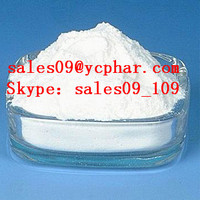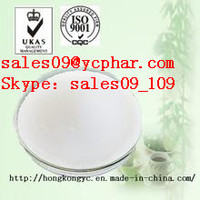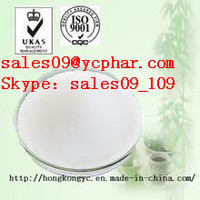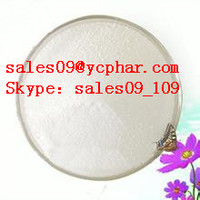Genistein
Product Quick Detail
- Packaging
- N/A
- Delivery
- 15 Days
Specifications
- Country: China (Mainland)
- Business Type:
- Market:
- Founded Year:2001
- Address:武昌中山路496号
- Contact:Sadiya Sun
Other products from 湖北远成药业有限公司
Relate products of Genistein
Genistein is a major active factor in soy isoflavones and is the most effective functional ingredient in soy isoflavones with a variety of physiological functions. Genistein is structurally similar to mammalian estrogen-estradiol and has an active group of estrogen-diphenolic ...
Add Julie’s whatsapp (+8613546018581), 16 hours Online at your service! julie@sxzorui.com Keywords CAS 446-72-0 Genistein Genistein 99% Genistein Quick Details ProName: Supply 99% CAS 446-72-0 Genistein Powd... CasNo: 446-72-0 Molecular Formula: C15H10O5 Appearance: White ...
Genistein, a phytoestrogen found in soy products, is a highly specific inhibitor of protein tyrosine kinase (PTK) which blocks the mitogenic effect mediated by EGF on NIH-3T3 cells with IC50 of 12μM or by insulin with IC50 of 19 μM. ...













